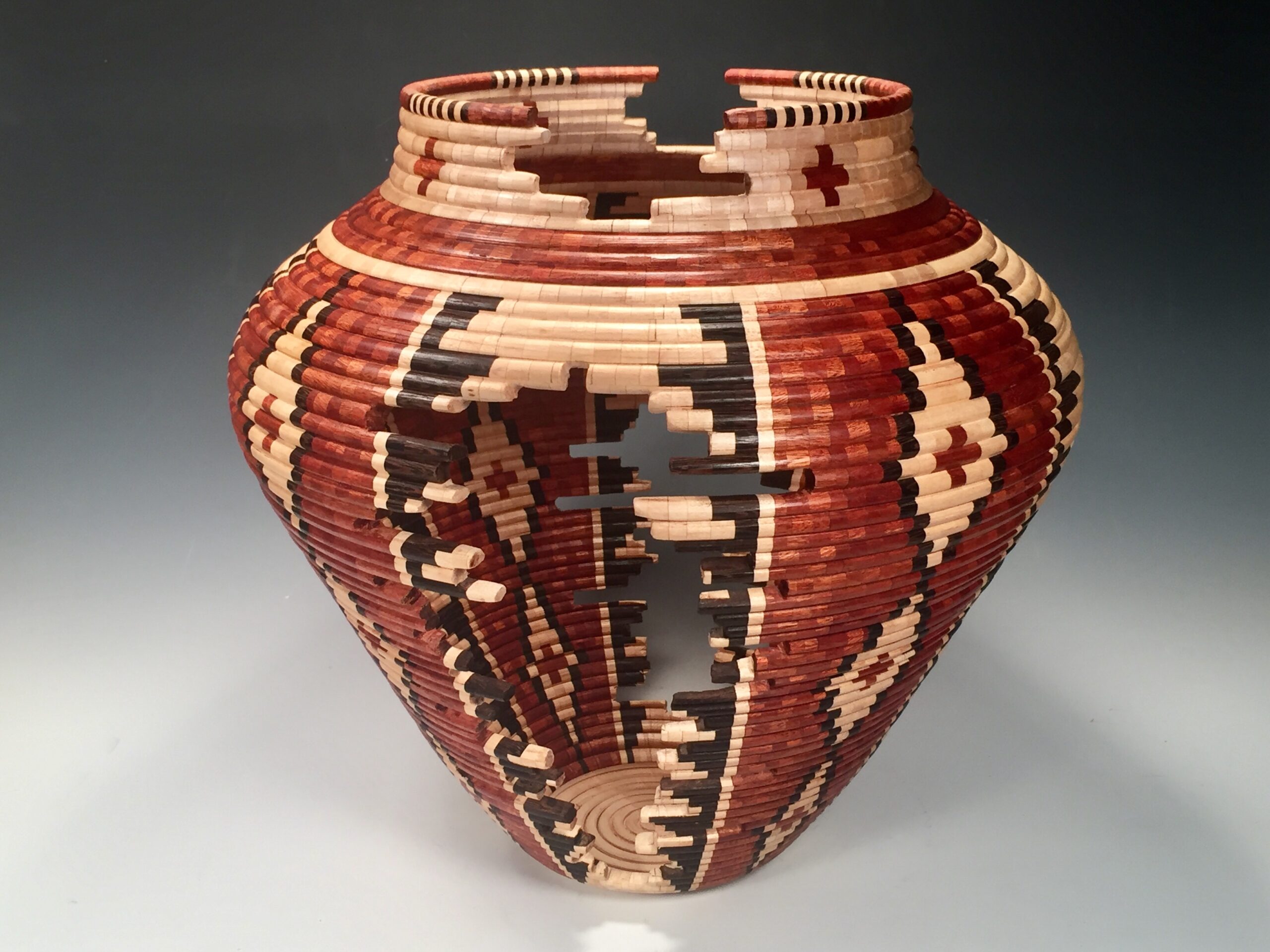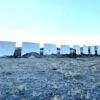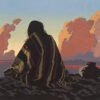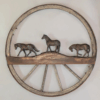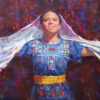Ranging in scope from mountain men and covered wagons to Native Americans and working cowboys, Steven Lang’s illuminating compositions provide highly personal insights into Western history. Tracing his Pawnee and Cherokee heritage back to his great- grandparents, the California-based artist has a special affinity for creating imagery that portrays the life of Native Americans. However, an oeuvre of work created during the past three decades also includes action-filled scenes of cattle drives, saloons, and Indian war parties. An inveterate storyteller, Lang finds it equally satisfying to depict the more intimate moments of everyday life.
Although they might have lived a century ago and their geographic settings were definitely different, Lang sees the subjects in his paintings as real people whose emotions and activities are much the same as those of today. A lonely cowboy looks forward to reading a letter from home or eases the tensions of a long day on the trail by playing his harmonica. A Native American woman fills her pail from a nearby stream as she contemplates its beauty. A little girl plays with a handmade doll. These are the people and everyday scenes of the past that Lang captures so skillfully with his paints.
“No matter the subject, I want my images to stir the imagination while portraying accurate depictions of life the way it used to be,” Lang says.
Read the entire article in the July/August 2020 issue.

On the Tongue River
Oil
18″ by 29″
“During the Great Sioux War years, after a long day on scout, a Cheyenne stops for a drink of water while his pony drops his head to partake as well. Ever vigilant, the Indian hones his skill at the mundane with a caution born of necessity.”

Horse Raid Morning
Oil
20″ by 30″
“A trio of Blackfeet are getting some early dawn warmth at a fire while on a horse raid. They remain cautious and alert while on their journey into Crow country. Winter horse raids were fraught with danger, but the chance of success was greater. If their raid is successful, they will soon be back in the safety of their camp.”

